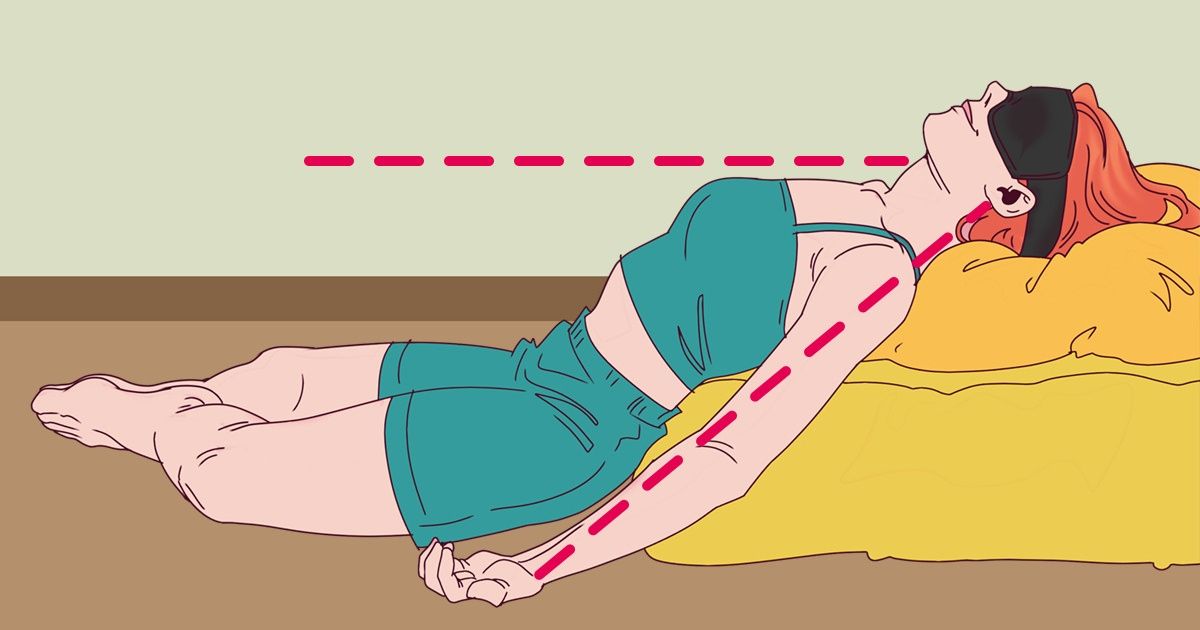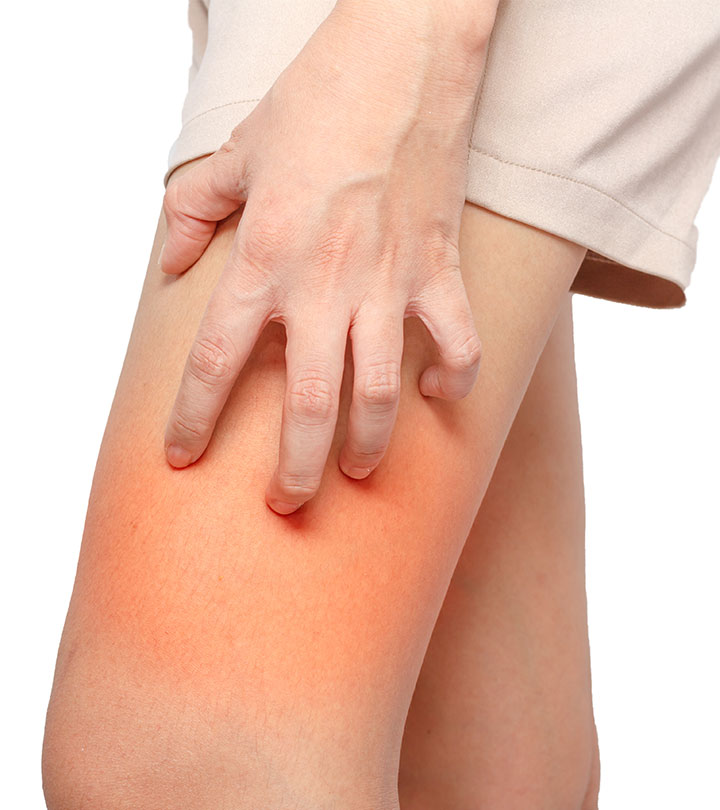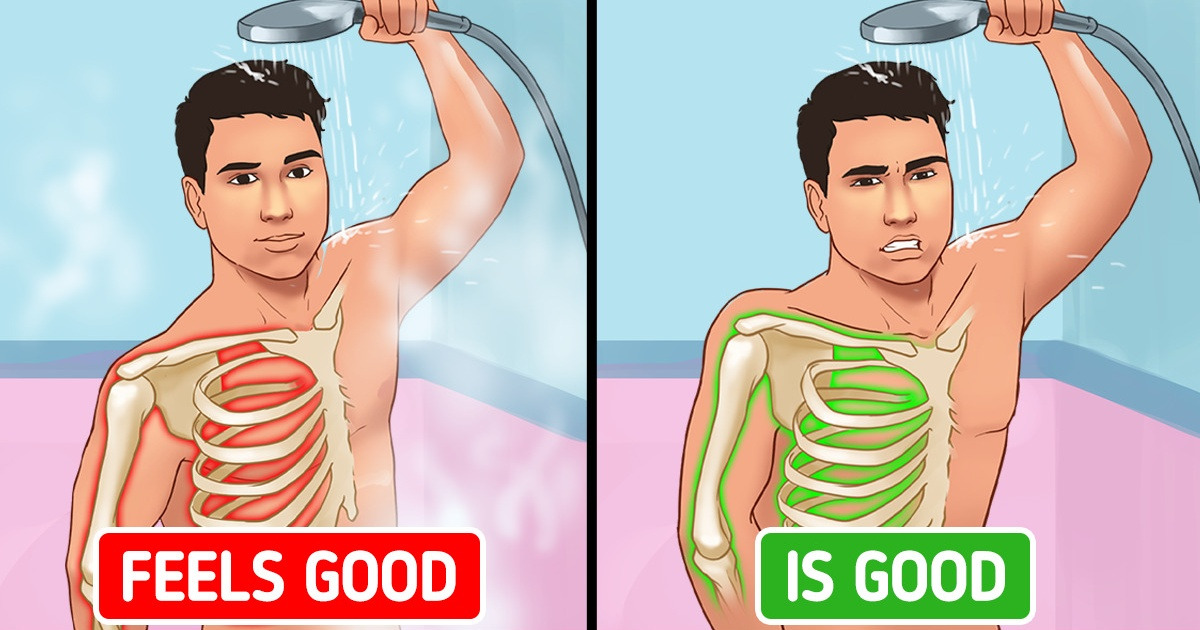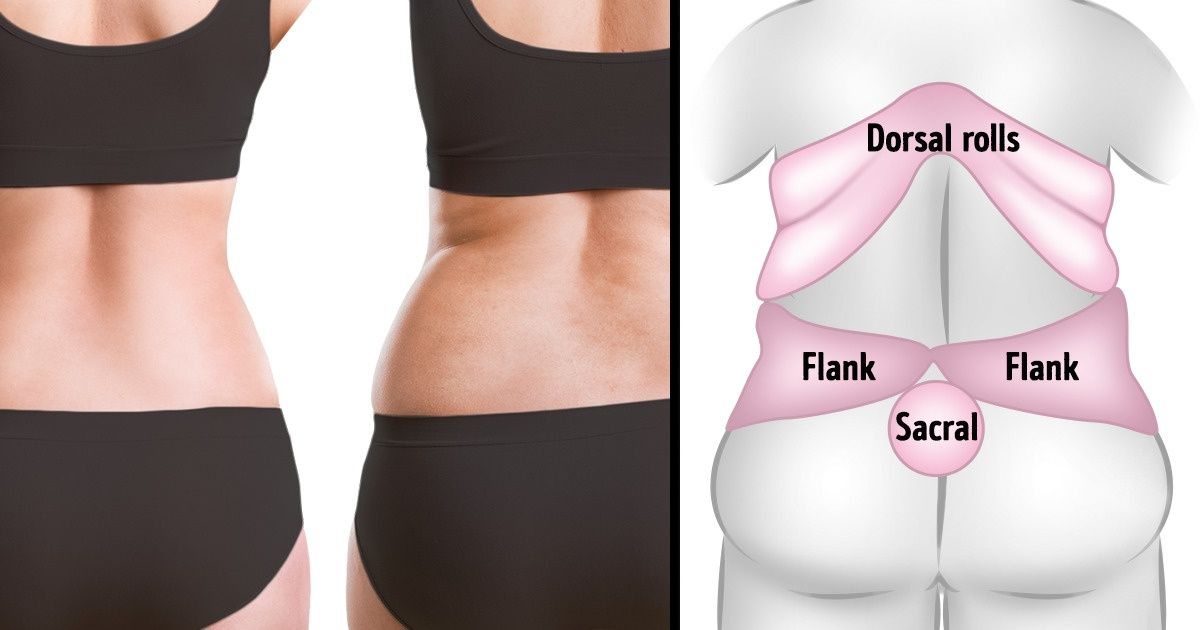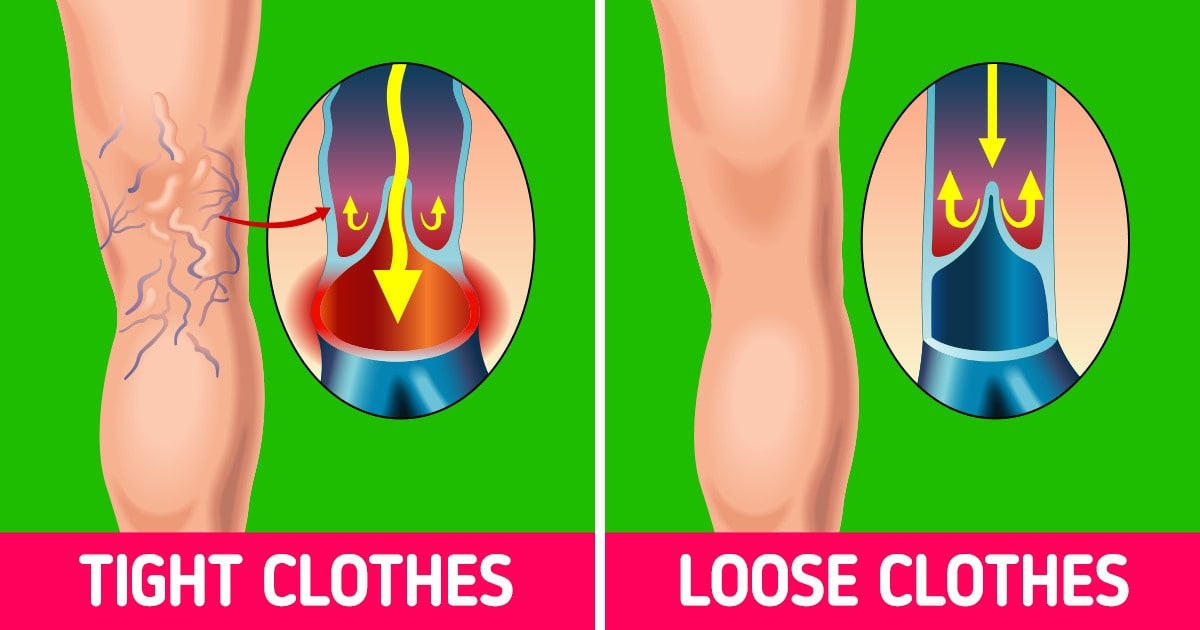Running is a great way to lose weight, improve your cardiovascular health, and get in shape. But there are also a lot of myths floating around about running that people believe without evidence. In this article we debunked three common myths about running that are just plain wrong and offered some tips on how to run safely and effectively:
When it comes to running, you either love it or hate it.
When it comes to running, you either love it or hate it. There are many reasons why people like running and there are also some who don’t. Many of us have been told that we need to run more because our bodies are “fat,” but this isn’t true! There are many ways to get into shape without breaking a sweat (or getting tired).
If you’ve ever seen someone running on the street and wondered if they really enjoy doing that, then maybe they should tell their friends about how much fun they’re having while exercising! It can be difficult at first but once you start seeing results from your efforts, then all those pounds will start melting away faster than expected!
Some claim to love the meditative time spent moving their legs in a rhythmic motion and breathing in their environment.
Some people claim to love the meditative time spent moving their legs in a rhythmic motion and breathing in their environment. Running is a great way to clear your head, relax and focus on what’s around you, or just get away from the hustle and bustle of life.
But this myth has been debunked many times over: research shows that while running may help lower stress levels and improve moods, it doesn’t improve memory recall or attention span as much as some other activities like yoga or meditation do—and those benefits come with no added risk for injury either!
On the opposite end of the spectrum are those who believe running is something they could never do, those who think you’re crazy for even attempting it, and those who view it as a form of punishment (like running after committing a crime).
Running has been a part of human culture for thousands of years. It’s a great way to stay fit, relieve stress, and even socialize. If you want more information about this subject, read our article on How To Be A Better Runner.
No matter which camp you fall into, there are many myths about running that need to be debunked.
Whether you run to feel healthy, lose weight, or both, there are many myths about running that need to be debunked.
Myth: Running is just a way for people who don’t like physical activity to get in shape.
Fact: There is no doubt that most runners have been injured before and some have even quit running completely because of an injury. However, running does have some benefits for those who do it regularly (which includes finding time for it). Running can help with weight loss and overall health because it makes you sweat out toxins from your body—which means less fat around the midsection! Plus, if you’re physically active then chances are good that more muscles will also develop which will make them look bigger too!
Myth: Only people who run often can become marathoners or ultramarathoners (who run longer distances than most marathons).
Running doesn’t have to be bad for your knees.
Running is not bad for your knees.
A lot of people think that running causes knee injuries, but it’s actually the opposite—running can help prevent them. In fact, when you run safely and properly (which we’ll get to in a minute), you’re doing more than just strengthening your legs; you’re also strengthening your entire body and helping to keep everything working smoothly as it should be.
You see, there are two main reasons why many people believe that running puts undue stress on their joints: firstly, because they’ve heard it from other athletes who have had knee problems; and secondly, because they don’t know how to run properly—or even worse (and much more common), because they think that if something hurts during exercise then it must be bad for them!
Running can make your bones weaker.
If you think running will make your bones weaker, think again. Yes, it is true that the more often you run and the longer the distance you cover per run, the more likely it is that your joints will suffer injury or inflammation as a result of overuse. But if this happens to you in any way—for instance by damaging tendons or ligaments—you can take steps to help minimize its impact on your overall health and well-being.
If possible (and depending on how serious an injury is), try to rest injured muscles before running again so they have time to recover; this will also reduce wear and tear on other parts of your body during an activity like walking around town or even just sitting down at home with friends who don’t know about their friend’s knee pain problem!
And remember: even if it seems like too much at first glance from one perspective only because we’ve all been told not to go beyond certain limits without fully knowing what those limits might mean for us individually over time…
You can run too often.
Running too often is a very bad idea.
Running is a high-impact activity, which means that it can lead to injury if you run too often. There are many different types of running injuries, but they all have one thing in common: overuse. Your body gets used to this kind of stress on a regular basis and may not be able to handle it as well when you try to do something new or different.
If you’re running long distances regularly (say 5 miles per week), then there’s no reason why your body shouldn’t be able to handle those distances without any problems—but if this isn’t true for your particular situation, then maybe cutting down on how often or how far each time would help reduce the chance of injury from overuse?
Another issue with running too much is mental burnout: when we overload our minds with information about our bodies’ limits before we’ve learned them ourselves firsthand through experience! It also makes sense why people tend towards extremes when trying out new techniques; because neither extreme leads anywhere good either way.”
Running is always unsafe for your body.
Running is a high-impact activity, and you should be aware of the risks associated with it.
High impact: When you run, your body has to absorb the shock from landing on the ground. This can cause injuries like shin splints and a runner’s knee that won’t heal as quickly or easily as other types of injuries might if you’re not careful about how much weight you put on your joints during exercise.
Knees: Running puts stress on both knees at once—you push off with one leg while also pushing off with another one behind it—so they’re particularly susceptible to knee problems if they’re used incorrectly (for example: running downhill).
Back: Because running requires so much effort from your core muscles (which support most of our body weight), over time this could lead to back pain or injury due to muscle fatigue caused by overexertion or improperly timing movements such as turning around corners while running uphill or downhills respectively
You can run on an empty stomach.
You can run on an empty stomach.
It’s not a good idea, however. Your body needs to have some fuel in it before you go out for a run or walk around the block; otherwise, it will be too tiring to perform well and may cause injury or muscle soreness later in your workout.
You should also take into account what kind of foods you plan to eat during your exercise routine—if they’re high in sodium and sugar content (like sports bars), they can make your legs feel heavy after running for long periods of time because there’s so much energy being used through movement rather than the digestion of food itself
Running isn’t always bad, but there are best practices for it.
Running is great for your heart, bones, and lungs. It also helps you maintain a healthy weight and keeps you feeling happy.
Running is good for your heart: The American Heart Association recommends running as part of a balanced diet to help lower blood pressure and cholesterol levels in people who are overweight or obese.
Running is good for bones: If you’re looking to improve bone density (or prevent osteoporosis), then running can be an effective way to do so because it helps keep the body strong through increased muscle mass and strength training exercises that require heavy lifting motions like squats or deadlifts.
Running is good for lungs: Research shows that running has positive effects on lung capacity when compared with other forms of exercise such as swimming laps or cycling around town at high speeds—and even better than walking briskly outdoors!
Conclusion
When it comes to running, you either love it or hate it. Some claim to love the meditative time spent moving their legs in a rhythmic motion and breathing in their environment.
On the opposite end of the spectrum are those who believe running is something they could never do, those who think you’re crazy for even attempting it, and those who view it as a form of punishment (like running after committing a crime). No matter which camp you fall into, there are many myths about running that need to be debunked.

